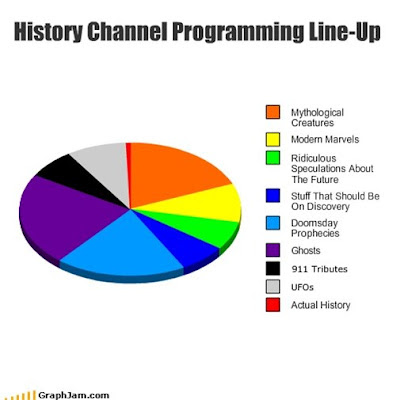I love writing this post. I'm an avid blog reader - there are so many exciting thinkers and writers out there - but notice it is all too easy to skim-read content without critically engaging with the actual ideas. The process of curating the best posts of the previous week forces me to slow down and think about the articles that I’m reading and the themes that connect them.
Several of the posts I was drawn to this week reflected a similar theme – nostalgia. Historian John Tosh has stated that;
‘Like tradition, nostalgia is backward looking, but instead of denying the fact of historical change, it interprets it in one direction only – as change for the worse’.
Nostalgia can be a way of thinking, a political tool - or even a cultural commodity. Paradoxically, while facing increasingly complex challenges, the western world seems to be increasingly drawn to nostalgia. And when the past is packaged for public consumption it is generally shown in its most attractive light.
The articles below explore the ways in which people often seek comfort in the present or an imagined past, rather than looking to the future:
- Is the future shrinking? The Long Now Foundation was established in 1996 by a group of academics and thinkers determined to challenge western civilisation’s ‘pathologically short attention span’ and encourage long-term thinking (where long-term is measured in centuries). The team have recently designed a clock that will keep time for 10,000 years.
- Hipster culture has been one of the most interesting expressions of nostalgia and the search for authenticity in recent years and the fantastic New York Magazine essay ‘What Was the Hipster?’ provides historical and sociological context of this postmodern phenomenon.
- Fintan O’Toole asks 'would the last postmodernist please turn out the lights?'. O’Toole states that ‘the biggest thing that happened to postmodernism... was its loss of a sense of humour’ and argues that ‘in the end, consumer and celebrity culture defeated postmodernism by embracing it’. When everything is ironic, nothing is ironic.
- In her article ‘The Battle for Control of the Internet’, academic Rebecca MacKinnon writes that the longing for the comfort and security in the face of uncertainty is central to the battle for control over freedom of information. MacKinnon warns these desires have the ability to be manipulated to result in a population who ‘voluntarily and eagerly submit to subjugation' - a vision more like Huxley's 'Brave New World' (1932) than Orwell's '1984' (1949).
- But there are still plenty of freethinkers with big ideas out there - and more platforms than ever before where they can share them. If you already know and love TED you need to know about the Big Think.
‘In our digital age, we’re drowning in information. The web offers us infinite data points - news stories, tweets, wikis, status updates, etc - but very little to connect the dots or illuminate the larger patterns linking them together. Here at Big Think, we believe that success in the future is about knowing the ideas that allow you to manage and master this universe of information.’






